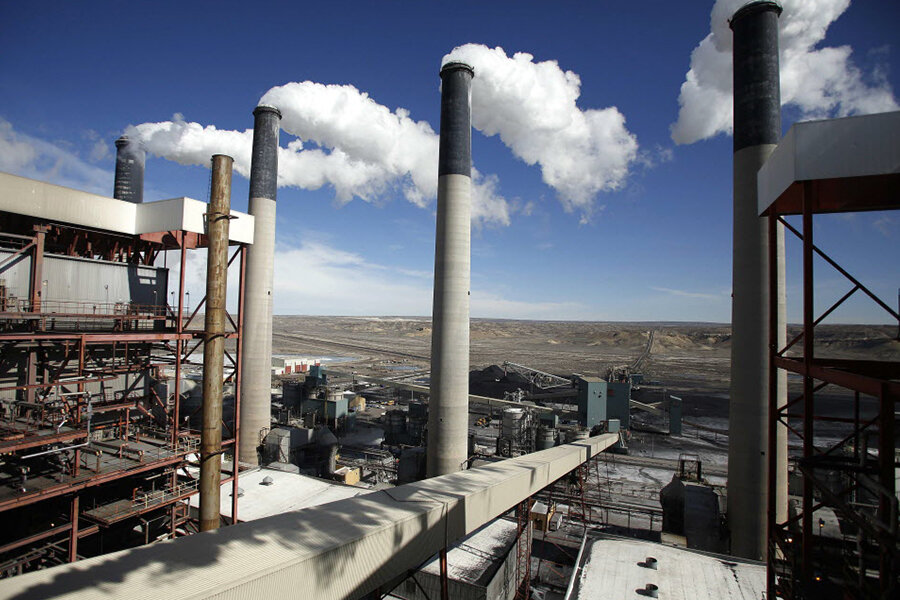CO2 levels spiked as world leaders negotiated historic climate deal
The levels of carbon dioxide in the Earth’s atmosphere increased at a record pace last year, widening concerns about the greenhouses gas’s contribution to global warming.
Measurements taken at National Oceanic and Atmospheric Administration's (NOAA) Mauna Loa Observatory in Hawaii showed that the annual growth rate of carbon dioxide jumped by 3.05 parts per million (ppm) in 2015.
NOAA’s announcement adds to a growing list of reminders for why countries across the world need to reduce their carbon emissions to mitigate the effects of global warming. Last year was the hottest on average since record-keeping began. The global average temperature for 2015 was 0.23 degrees Fahrenheit or 0.13 Celsius higher than 2014, which held the previous record, according to NASA.
Last year was the fourth consecutive year that carbon dioxide grew more than 2 ppm, said Pieter Tans, lead scientist of the Global Greenhouse Gas Reference Network at the NOAA.
As of February, the average global atmospheric level of carbon dioxide was 402.59 ppm. This is a significant rise over pre-industrial times. Atmospheric carbon dioxide averaged about 280 ppm prior to 1800.
“Carbon dioxide levels are increasing faster than they have in hundreds of thousands of years,” Dr. Tans said in a statement released Wednesday. “It’s explosive compared to natural processes.”
NOAA said the jump in carbon dioxide was partially caused by the weather phenomenon known as El Niño, a warming in the Pacific Ocean that alters weather around the world.
The rest of the growth is driven by continued high emissions from fossil fuel consumption.
The largest previous increase of atmospheric carbon dioxide occurred in 1998, also a strong El Niño year.
But the last time the Earth experienced such a sustained increase was between 17,000 and 11,000 years ago, when carbon dioxide levels rose by 80 ppm. Tans said the rate of increase today is 200 times faster.
In December, diplomats from 196 nations agreed to a global pact to curb heat-trapping emissions and to protect those most vulnerable to climate change.
The deal alone does not put the world on a path toward what scientists deem a relatively safe level of global warming, reported David Unger for The Christian Science Monitor. But officials stressed that the agreement provides a clear path ahead for countries to quickly and routinely set stronger targets.
On Thursday, President Obama and Canadian Prime Minister Justin Trudeau announced a bilateral climate change agreement at a joint press conference in Washington. The plan calls for a 40 to 45 percent reduction below 2012 levels by 2025 in methane emissions from the US and Canada’s oil and gas sector.








